Search Images
Browse Content (p. 1284)
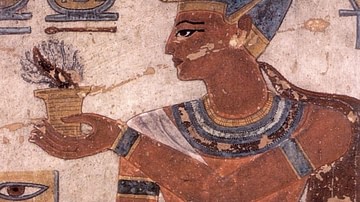
Image
Ramesses III
A tomb painting depicting Ramesses III (1186-1155 BCE) offering incense. 12th century BCE.
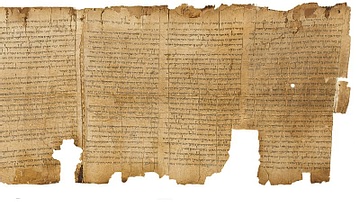
Image
Great Isaiah Scroll
The Great Isaiah Scroll is one of the most important manuscripts of the Hebrew Bible, containing the entire Book of Isaiah (apart from a few damaged parts) dating to about 150 BCE.
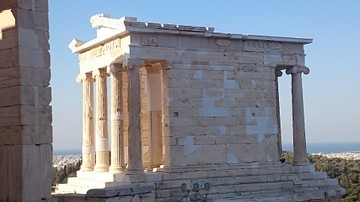
Image
Temple of Athena Nike - Acropolis, Athens
The Temple of Nike, Acropolis of Athens. Construction: 449-420 BCE
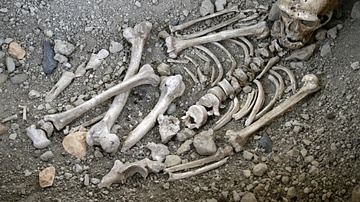
Image
Neanderthal Burial, La Chapelle-aux-Saints (reconstruction)
Reconstruction of the Neanderthal burial at La Chapelle-aux-Saints, France, on display at Musée de La Chapelle-aux-Saints, Corrèze, France.
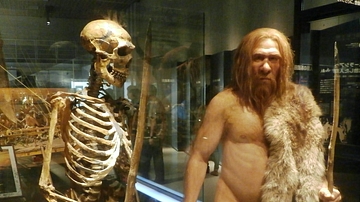
Image
Neanderthal Skeleton & Reconstruction
Skeleton and reconstruction of the La Ferrassie 1 Neanderthal found in France, as seen in an exhibit in the National Museum of Nature and Science, Tokyo, Japan.
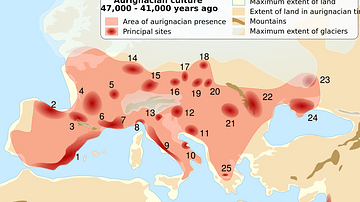
Image
Aurignacian Sites
Map showing sites and presence associated with the Aurignacian culture, usually attributed to the first modern humans who arrived in Europe around 45,000 years ago.
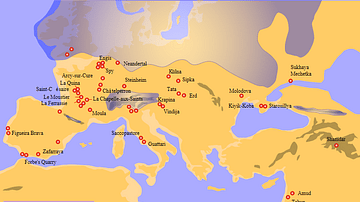
Image
Neanderthal sites
Map showing sites associated with classic Neanderthals. The depicted ice volume corresponds with the maximum extent of the ice during glaciations.
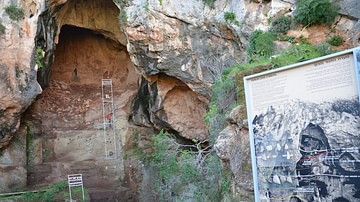
Image
Tabun Cave
Tabun Cave in Israel, which is associated with (among others) Neanderthal remains and tools.

Image
Chariot, Terracotta Army
A chariot from the 'Terracotta Army'. Tomb of Shi Huangdi, 259-210 BCE, Shaanxi Province, China.
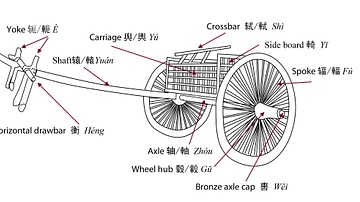
Image
Chinese Chariot Design
An illustration of the typical chariot used in ancient China.